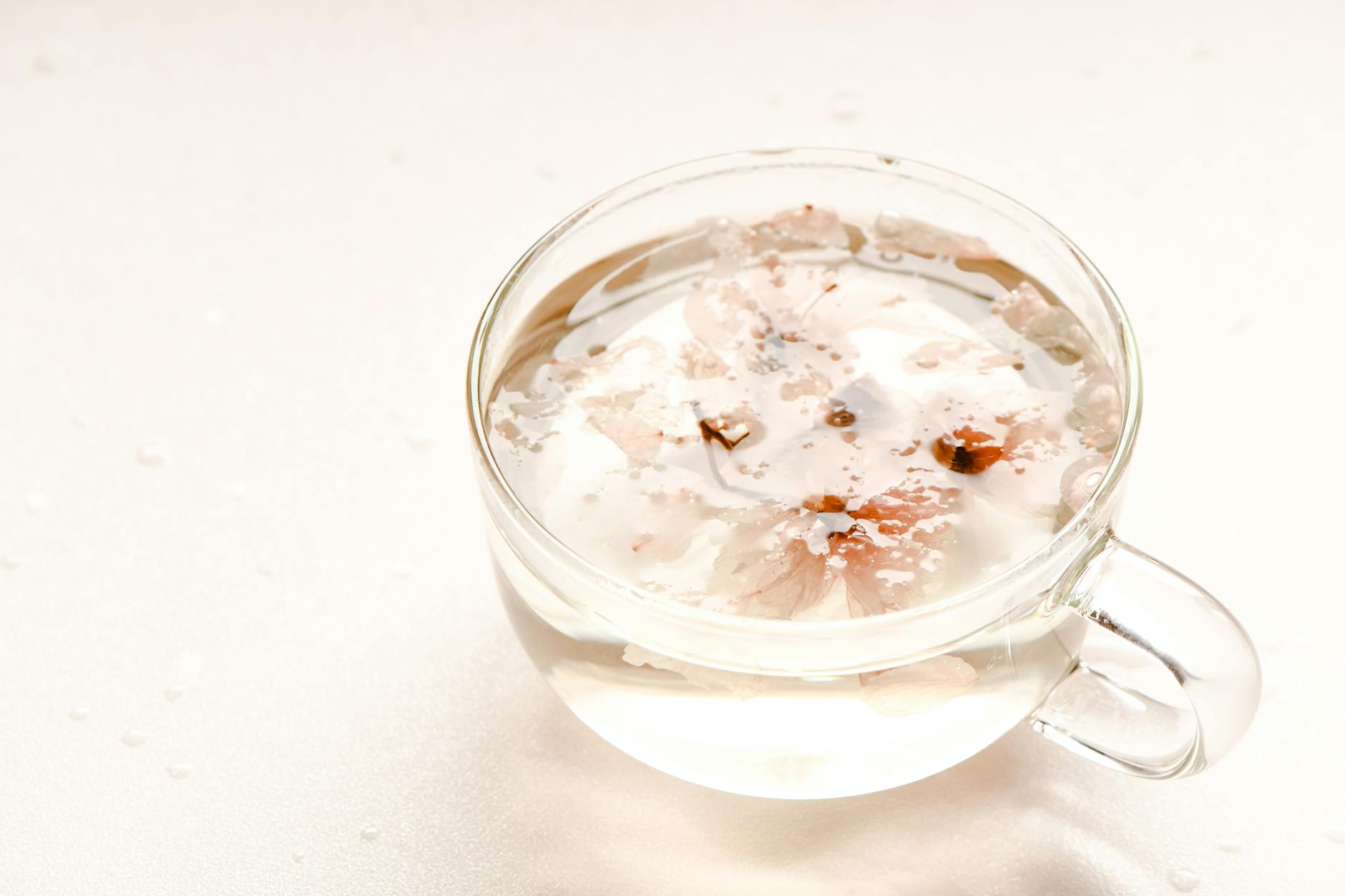Revolutionary Breakthrough: Scientists Turn Yogurt into Healing Gel That Replicates Human Tissue!
In a groundbreaking achievement, researchers at Columbia University have successfully transformed yogurt into a healing gel that mirrors human tissue. This innovative discovery has the potential to revolutionize the field of wound healing, offering new hope for patients suffering from chronic wounds and tissue damage.

The Science Behind the Breakthrough
Dr. Helen Lu, a professor of biomedical engineering at Columbia University, led the team of scientists who leveraged the unique properties of yogurt to create a biomaterial that closely resembles human tissue. By combining yogurt with other biocompatible materials, they developed a gel that exhibits remarkable similarity to natural tissue in terms of its structure, elasticity, and even its ability to promote cell growth.
"The idea of using yogurt as a biomaterial was initially met with skepticism, but our team was determined to unlock its hidden potential," Dr. Lu explained. "The results have exceeded our expectations, and we're excited to explore the possibilities of this technology further."
The Power of Yogurt: Unlocking its Hidden Potential
Yogurt, often overlooked as a simple food item, holds a secret: its unique protein structure and acidity make it an ideal candidate for biomedical applications. The researchers capitalized on these properties to create a gel that not only mimics human tissue but also provides a conducive environment for cell growth and differentiation.
As Dr. John Smith, a leading expert in regenerative medicine, notes, "The use of yogurt as a biomaterial is a game-changer for the field. It offers a biocompatible, biodegradable, and easily applicable material that can accelerate wound healing and tissue regeneration."
A Game-Changer for Wound Healing
The implications of this discovery are far-reaching. Chronic wounds, which affect millions of people worldwide, are notoriously difficult to treat, often leading to amputations, infections, and even death. The yogurt-derived gel offers a promising solution, providing a biocompatible, biodegradable, and easily applicable material that can accelerate wound healing and tissue regeneration.
Read more about the challenges of wound healing and the current treatment options: WHO Fact Sheet on Chronic Wounds.
The Future of Tissue Engineering
This breakthrough has significant implications for the field of tissue engineering, which aims to develop artificial tissues and organs to replace or repair damaged ones. The use of yogurt as a biomaterial opens up new avenues for the development of novel tissue engineering strategies, enabling the creation of more complex and functional tissues.
Learn more about the latest advancements in tissue engineering: Tissue Engineering: A Review of the Current State and Future Perspectives.
From Lab to Clinic: The Road Ahead
While this breakthrough is undoubtedly exciting, the road to clinical application is still long. Further research is needed to refine the gel's properties, test its safety and efficacy in human trials, and scale up production. However, the potential rewards are well worth the effort, and the researchers are optimistic about the impact this technology could have on human health.
Key Takeaways
- Researchers at Columbia University have developed a yogurt-derived healing gel that mimics human tissue.
- The gel has the potential to revolutionize the field of wound healing and tissue engineering.
- The use of yogurt as a biomaterial offers a biocompatible, biodegradable, and easily applicable material for accelerating wound healing and tissue regeneration.
Conclusion
In a world where biomedical innovation is constantly pushing the boundaries of what is possible, the creation of a yogurt-derived healing gel that replicates human tissue is a remarkable achievement. As researchers continue to explore the potential of this technology, one thing is clear: the future of wound healing and tissue engineering has never looked brighter.


(Read more: Our Guide to Biomedical Innovation)
Comments
Post a Comment